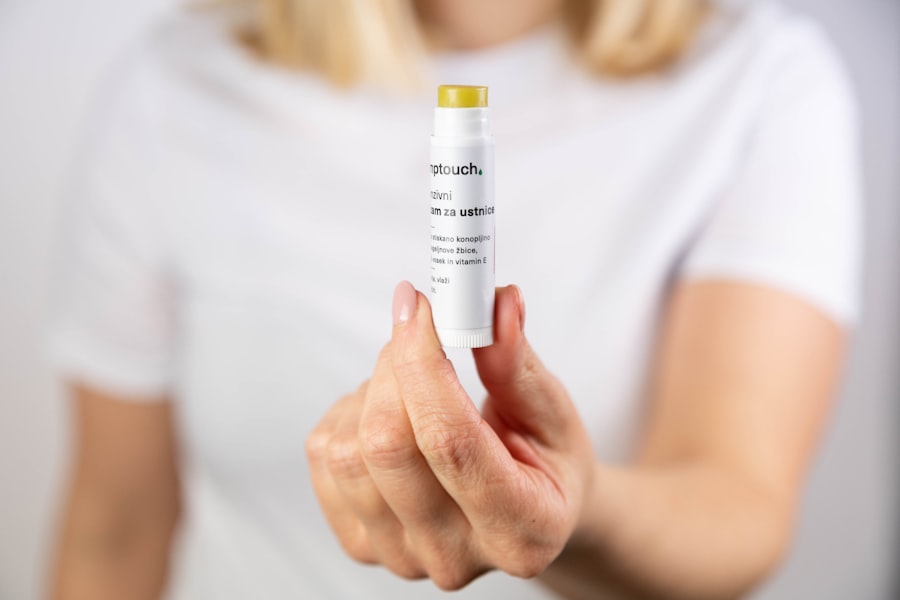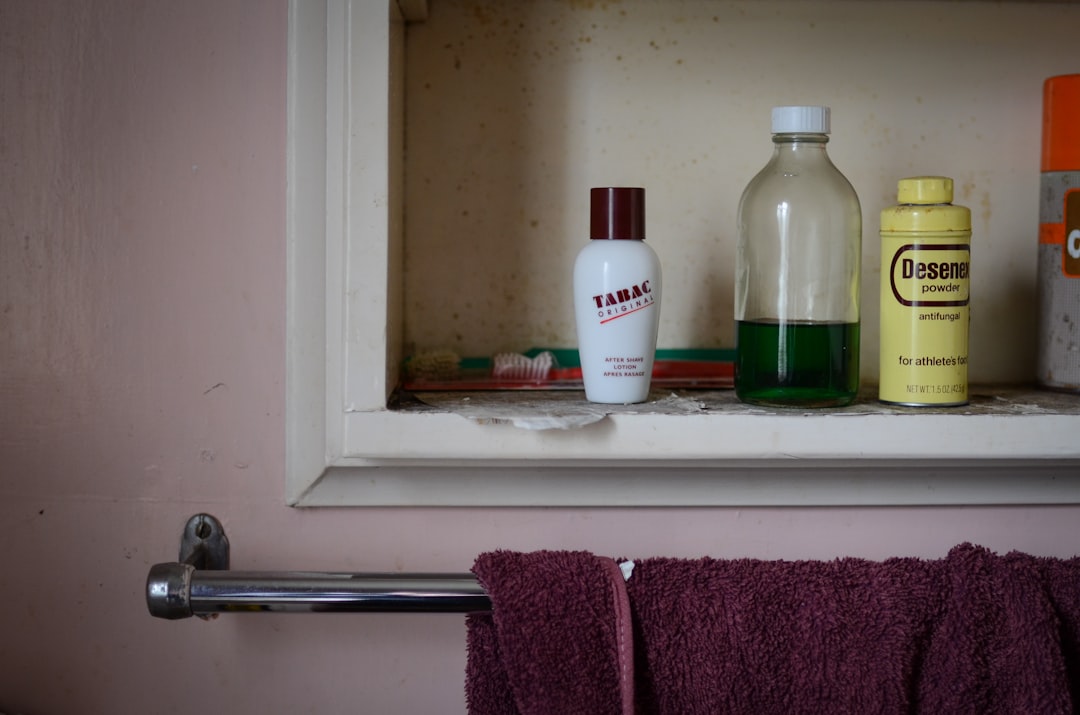When you undergo a cosmetic or medical treatment, the journey doesn’t end once you leave the clinic. In fact, the post-treatment phase is just as crucial as the procedure itself. You may not realize it, but how you care for your skin after treatment can significantly influence the results you achieve.
Proper post-treatment care can enhance healing, minimize complications, and ensure that you enjoy the full benefits of your investment in your appearance. By understanding the importance of this phase, you empower yourself to take control of your recovery and optimize your results. Post-treatment care is not merely a set of instructions to follow; it is a vital component of your overall treatment plan.
Your skin is often sensitive and vulnerable after procedures such as chemical peels, laser treatments, or injectables. During this time, it requires special attention and care to heal properly. By adhering to a well-structured post-treatment regimen, you can help reduce the risk of infection, inflammation, and other complications that could detract from your desired outcome.
This understanding will motivate you to prioritize your skin’s health and well-being in the days and weeks following your treatment.
Key Takeaways
- Post-treatment care is crucial for optimal results and to prevent complications
- Proper hygiene and skincare routine can aid in the healing process and maintain results
- Managing discomfort and redness is important for a smooth recovery
- Protecting the skin from sun exposure is essential to prevent damage and maintain results
- Avoiding harsh chemicals and scrubs can prevent irritation and complications
Proper Hygiene and Skincare Routine
Cleansing: The First Step to Recovery
Start by cleansing your face with a mild, non-irritating cleanser that won’t strip your skin of its natural oils. Avoid using hot water, as it can exacerbate redness and irritation. Instead, opt for lukewarm water to rinse away impurities without causing discomfort. This simple step lays the foundation for a successful recovery.
Moisturizing: Locking in Hydration and Protection
In addition to cleansing, moisturizing plays a critical role in post-treatment care. A good moisturizer can help restore hydration and create a protective barrier on your skin. Look for products that are fragrance-free and formulated for sensitive skin to avoid any potential irritation.
Additional Tips for Optimal Recovery
You might also consider incorporating soothing ingredients like aloe vera or hyaluronic acid into your routine, as they can provide additional relief and promote healing. Remember, consistency is key; sticking to this routine will help your skin recover more effectively.
Managing Discomfort and Redness

Experiencing discomfort and redness after a treatment is common, but there are effective ways to manage these symptoms. First and foremost, listen to your body.
Applying a cold compress can provide immediate relief from swelling and redness. Simply wrap ice in a clean cloth or use a gel pack designed for this purpose, and gently place it on the affected areas for short intervals. Over-the-counter pain relief medications can also be beneficial if you’re experiencing significant discomfort.
However, always consult with your healthcare provider before taking any medication to ensure it’s appropriate for your situation. Additionally, avoid touching or picking at your skin, as this can lead to further irritation or even infection. By taking these steps, you can effectively manage discomfort while allowing your skin to heal properly.
Protecting the Skin from Sun Exposure
| Factors | Recommendations |
|---|---|
| Sunscreen | Use a broad-spectrum sunscreen with SPF 30 or higher |
| Clothing | Wear protective clothing, such as long-sleeved shirts and wide-brimmed hats |
| Shade | Seek shade during peak sun hours (10am-4pm) |
| Sunglasses | Wear sunglasses that block UV rays |
| Avoid tanning beds | Avoid using tanning beds and sunlamps |
One of the most critical aspects of post-treatment care is protecting your skin from sun exposure. After undergoing a procedure, your skin may be more susceptible to damage from UV rays, which can lead to complications such as hyperpigmentation or prolonged redness. Therefore, wearing sunscreen is non-negotiable during this period.
Choose a broad-spectrum sunscreen with an SPF of at least 30 and apply it generously to all exposed areas of your skin. In addition to sunscreen, consider wearing protective clothing such as wide-brimmed hats or long sleeves when spending time outdoors. This added layer of protection can help shield your skin from harmful rays while allowing it to recover without additional stressors.
If you plan to be outside for extended periods, seek shade whenever possible. By prioritizing sun protection, you not only safeguard your skin but also enhance the longevity of your treatment results.
Avoiding Harsh Chemicals and Scrubs
After a treatment, your skin is in a delicate state, making it crucial to avoid harsh chemicals and scrubs that could cause irritation or damage. Many common skincare products contain ingredients that may be too aggressive for post-treatment care, such as exfoliants or alcohol-based toners. Instead, focus on using gentle formulations that are specifically designed for sensitive skin.
Look for products labeled as hypoallergenic or non-comedogenic to minimize the risk of adverse reactions. Additionally, refrain from using physical scrubs or exfoliating tools during this recovery period. While exfoliation is an essential part of many skincare routines, it can be counterproductive immediately following a treatment.
Your skin needs time to heal without being subjected to abrasive actions that could disrupt the healing process. By choosing gentle products and avoiding harsh treatments, you create an environment conducive to healing and optimal results.
Monitoring and Reporting Any Adverse Reactions
As you navigate the post-treatment phase, it’s essential to monitor your skin closely for any adverse reactions. While some redness and swelling are expected, any unusual changes should be taken seriously. Keep an eye out for signs of infection, such as increased pain, pus formation, or fever.
If you notice any of these symptoms or if your discomfort worsens instead of improving, don’t hesitate to reach out to your healthcare provider for guidance. Being proactive about monitoring your skin allows you to address potential issues before they escalate. Documenting any changes in your skin’s condition can also be helpful when discussing concerns with your provider.
This information will enable them to assess whether what you’re experiencing is within the normal range or if further intervention is necessary. By staying vigilant and communicating openly with your healthcare team, you can ensure a smoother recovery process.
Following Up with Professional Recommendations
Following up with professional recommendations is an integral part of post-treatment care that should not be overlooked. Your healthcare provider will likely schedule follow-up appointments to assess your progress and address any concerns you may have. These visits are an opportunity for you to ask questions about your recovery process and receive personalized advice tailored to your specific needs.
During these follow-up appointments, be open about any challenges you’re facing or any changes in your skin’s condition that you’ve observed. Your provider may suggest adjustments to your skincare routine or recommend additional treatments to enhance your results further. By actively participating in these discussions and adhering to their guidance, you demonstrate a commitment to achieving the best possible outcome from your treatment.
Long-Term Maintenance and Touch-Up Treatments
Once you’ve successfully navigated the post-treatment phase, it’s essential to think about long-term maintenance and touch-up treatments.
This might include regular visits for touch-up injections or periodic treatments to sustain the effects of procedures like chemical peels or laser therapy.
Incorporating a long-term skincare regimen into your daily routine will also play a significant role in preserving the results of your treatment. Invest in high-quality products that cater specifically to your skin type and concerns. Regularly using sunscreen, moisturizing effectively, and avoiding harmful habits like smoking will contribute positively to the longevity of your results.
By committing to long-term maintenance and being proactive about touch-up treatments when necessary, you ensure that the benefits of your initial investment continue to shine through for years to come. In conclusion, understanding the importance of post-treatment care is vital for anyone undergoing cosmetic or medical procedures. By prioritizing proper hygiene and skincare routines, managing discomfort effectively, protecting against sun exposure, avoiding harsh chemicals, monitoring for adverse reactions, following professional recommendations, and committing to long-term maintenance strategies, you set yourself up for success in achieving optimal results from your treatment journey.
Your skin deserves the best care possible—embrace this opportunity to nurture it back to health!
After undergoing laser hair removal treatment, it is crucial to follow proper post-treatment care at home to ensure optimal results. One helpful resource for learning about at-home care is the article on inlaserhairremoval.com. This article provides valuable tips and advice on how to care for your skin after laser hair removal, including moisturizing, avoiding sun exposure, and using gentle skincare products. By following these recommendations, you can help maintain the results of your treatment and keep your skin looking smooth and healthy.
FAQs
What is laser hair removal?
Laser hair removal is a cosmetic procedure that uses a concentrated beam of light (laser) to remove unwanted hair. The laser targets the pigment in the hair follicles, damaging them and inhibiting future hair growth.
What should I expect after a laser hair removal treatment?
After a laser hair removal treatment, you may experience redness and swelling in the treated area. Some people also report a mild sunburn-like sensation. These side effects typically subside within a few hours to a few days.
How should I care for my skin at home after laser hair removal?
After a laser hair removal treatment, it’s important to keep the treated area clean and moisturized. Avoid sun exposure and use sunscreen if you need to go outside. You should also avoid hot showers, saunas, and strenuous exercise for a few days after the treatment.
Can I shave or use hair removal creams after laser hair removal?
It is generally safe to shave the treated area after laser hair removal, but you should avoid using hair removal creams or waxing. These methods can irritate the skin and interfere with the hair removal process.
How long do I need to wait between laser hair removal treatments?
The timing of laser hair removal treatments varies depending on the area being treated and your individual hair growth cycle. Typically, treatments are spaced 4-6 weeks apart for the face and 6-8 weeks apart for the body. Your dermatologist or laser technician will advise you on the best schedule for your specific needs.







